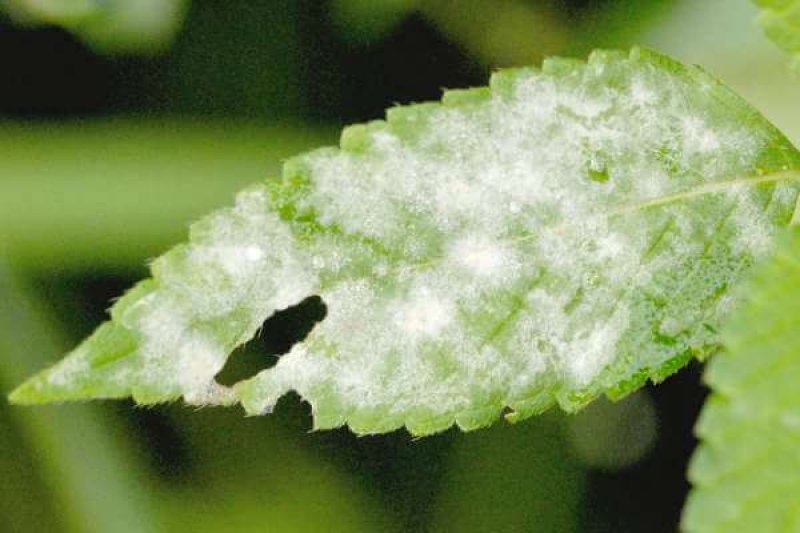One fine Hawaiian day in 2015, Geoff Zahn and Anthony Amend set off on an eight-hour hike …. The two headed to the site where a patch of critically endangered Phyllostegia kaalaensis had been planted a few months earlier. What they found was dispiriting.
“All the plants were gone,” recalls Zahn, then a postdoctoral fellow at the University of Hawaii at Manoa. The two ecologists found only the red flags placed at the site of each planting, plus a few dead stalks. “It was just like a graveyard,” Zahn says.
The plants, members of the mint family but without the menthol aroma, had most likely died of powdery mildew caused by Neoerysiphe galeopsidis.
…
[P]lants have their own microbiomes, the bacteria, fungi and other microorganisms living on and in the plants …. A single leaf hosts millions of microbes, sometimes hundreds of different types …. Plants acquire many of these microbes from the soil and air ….…
Scientists like Zahn are investigating how these supportive communities might help endangered plants in the wild …. Scientists studying plant microbiomes have described numerous unfamiliar plant partners in recent decades. Those researchers say they’ve only scratched the surface of possibilities ….
“The last five years have seen an explosion in this,” says Dangl, who cofounded AgBiome, which soon plans to market a bacterial treatment that combats fungal diseases.
Read full, original article: How plant microbes could feed the world and save endangered species































